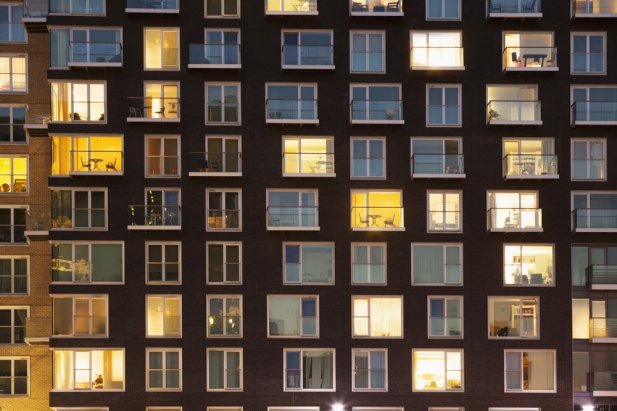
How co-care can help attract the middle-income market
New senior living design concept could be a game-changer
Well-to-do seniors have luxury accommodations or even the standard senior living communities to look toward in their advanced years. Low-income seniors typically have a safety net of public assistance. But what happens to those in the middle? More often than not, they get panned.
But innovators in the senior living space are working hard to develop new solutions for those stuck in the middle.
Getting priced out of housing and health care
Research shows that middle-income seniors are on pace to be priced out of meeting their basic living needs. This demographic of middle-income seniors, aged 75-plus, faces a precipitous gap between their emerging health care needs, their housing and their budgets. For senior living facilities, this segment may represent an opportunity.
Enter co-care, a concept aimed at lowering rates for the incoming class of middle-income residents. A California company introduced the co-care innovation this fall, intending to make housing and health care more affordable and approachable for this market, which might otherwise fall through the cracks.
Co-care concept: for those between wealthy and in need
Experts estimate that in a decade, millions of individuals will neither qualify for public assistance nor be able to pay for senior housing as it currently exists. Co-care aims to fill that gap while expanding reach for senior living facilities to attract middle-income market residents.
Co-care allows for residents to live in shared units, with a pared-down version of amenities, to make it more affordable. The concept places four senior adults in a living space with four bedrooms, two bathrooms, a kitchen, laundry and more. The space measures in at just over 300 square-feet per senior resident. Shared facilities would be minimal compared to other senior living communities but could include a courtyard and walking paths, as well as shared dining facilities and a lounge. Parking might be available as well as fitness rooms.
Industry watchers say the concept not only potentially reduces care costs but also reduces staffing needs. Residents could help one another with simple daily tasks as needed, rather than calling facility or nursing staff.
A solution for middle market seniors
The middle-market has been an ongoing issue for the senior living industry as it struggles to forge solutions for this underserved, sometimes disregarded population and their unique needs. Innovators who explore new approaches to serving this market from all perspectives, such as operations and design, may be able to differentiate themselves while securing a new target market.